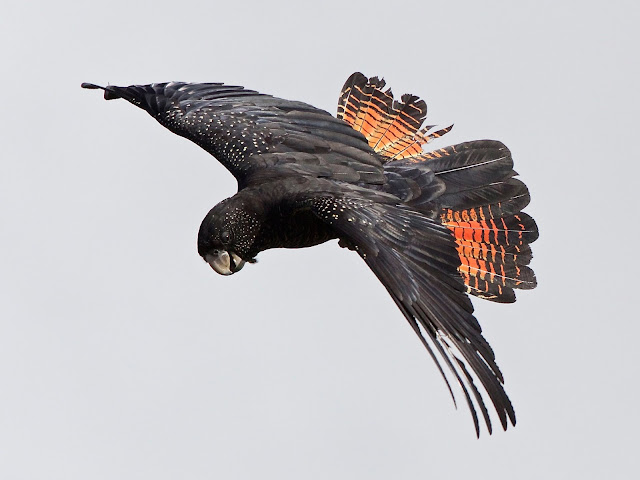From Eungella, instead of
retracing our track back east down Pioneer Valley to Mackay, we headed west
into another much drier world of grasslands and grassy woodlands, remote country,
big cattle stations with few fences. The change from lush tropical rainforest and
fertile valleys with intense sugar cane farming to dry grassy woodlands is
rapid and dramatic. Within a few kilometres the landscape had abruptly changed.
We passed Eungella Dam as we headed west towards the Bowen coal basin and the
mining town of Collinsville, camping over night on the Bowen River about 35km
from Collinsville. From Collinsville we drove due east to Bowen and then north
to Townsville where we planned to stay for a week or so and visit Magnetic
Island.
As the weather was good we
decided to head over to Magnetic Island on Wednesday 24th of July
and avoid the weekend crowd. We took our vehicle over on the Fantasea
barge, a 35 minute trip, which was cheaper than the passenger ferry plus car hire and
much more convenient. We stayed at Horseshoe Bay.
The island is very scenic with
rugged terrain and many large granite boulders dotted with dry vine scrub and pines (Norfolk Island pines?). Being the dry season we found very few
birds away from the much lusher dry rainforest patches adjacent to the many
sheltered bays. We also noted there were very few sea birds. On the trip over
we saw some Crested Terns, Silver Gulls and one Brown Booby, our first sighting
of this species for the trip.
 |
| Horseshoe Bay Magnetic Island |
 |
| One of many small secluded bays - Magnetic Island |
Magnetic Island is a good place
to see Bush Stone-curlews as they are plentiful here due to the absence of
predators. Being a ground feeding, roosting and nesting bird they have become
rare or absent in much of their original range due to habitat destruction and
introduced foxes and cats. They are largely nocturnal and spend most of the day
resting, often in small groups. I found five on a vacant residential allotment
not far from where we stayed in Horseshoe Bay. Their cryptic colouring makes
them hard to see, even when they are standing in the open. Their night time wailing
calls are very evocative and must have stirred the emotions of early pioneer
settlers. I couldn’t resist photographing some of the group of five birds,
which are easy subjects as they allow close approach and stand very still.
 |
| One of five Bush Stone-curlews resting together on vacant allotment at Horseshoe Bay Magnetic Island. |
 |
| This bird was laying down. Their feather colours and patterns help them blend into the background. |
 |
| This bird was resting on its knees - unlike our legs their legs below the knee can bend forward. |
Another birding highlight on
Magnetic Island was watching a pair of Eastern Reef-Egret’s fishing at Arcadia
Bay. The Reef-Egret can be found in two colour morphs, white and dark grey.
The ones I watched, and you will see in the photos, were dark morphs.
Their hunting method was to perch
on a rock above the water and watch intently for fish. When a fish or school of
fish came within range, the Egret, or sometimes both Egrets, leapt into the
water and lunged out with their long necks and sharp bills. I managed to
capture some of the action including a couple of shots which show one of the
birds with three fish in its bill and others leaping from the water where they
have just been pounced on.
 |
| The pair of dark morph Eastern Reef-Egrets found hunting fish at Arcadia Bay Magnetic Island. They watched for fish with intense focus. |
 |
| A successful pounce and capture. |
 |
| Back on the rock it was time to move the fish into position so it could be swallowed head first. |
 |
| The fish is about to be swallowed. |
 |
| The fish is going down. |
After the above sequence I photographed another pounce.
 |
| The bird has leapt into a school of small fish and is heading back to the rock. Look closely and you will see several fish in its bill and other fish scattered in the air. |
 |
| A close up from the shot above showing three fish in its bill and another to the right of its head. |
 |
| The bird has just leapt from this spot back to the rock leaving in its wake many startled fish momentarily out of the water. |
 |
| One fish remains. All of the others made a lucky escape. Note the long extended neck which is mostly folded, giving the bird an almost neck-less appearance. |
This pair of Reef-Egrets made fishing look easy. I did not see too many human fishers on Magnetic Island and certainly none doing as well as this pair of birds.



















































